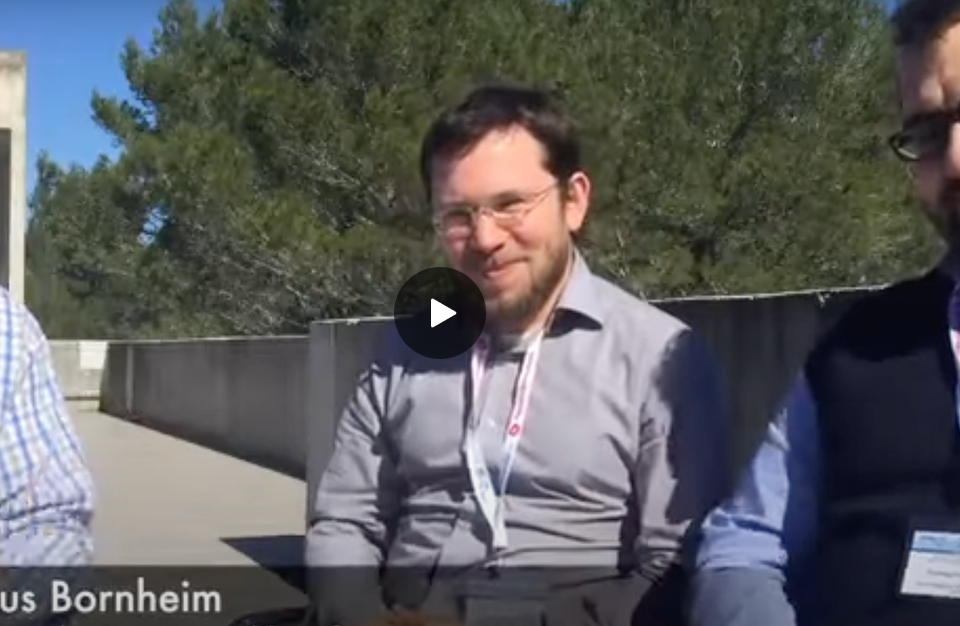


EMYNOS
EMYNOS is a European Commission-funded project, managed by a European research and innovation consortium in which MCS Data Labs participates. The acronym stands for ‘nExt generation eMergencY commuNicatiOnS’.
EMYNOS will enable users to make emergency calls across heterogeneous devices such as PCs, TV sets, mobile devices, AAC and haptic devices, using various mature technologies (Session Initiation Protocol, IP Multimedia Subsystem (IMS), WebRTC). The project will also demonstrate how the eCall concept can benefit from the IP technologies by allowing audio-video calls towards the emergency call centers and complementing location information, with photos and videos.
EMYNOS develops next generation emergeny calling infrastructure, bringing emergency calling to the all-IP world.
• Rich-media emergency calls (audio, video, text messaging)
• Emergency calls from browser with no need for plugins
• Automatic transfer of caller location
• Focus on needs of disabled people
• Complying with VoiP and emergency calling standards
Key Benefits
• Rich-media emergency calls (audio, video, text messaging)
• Automatic transfer of caller location
• Focus on needs of disabled people
• Transfer of additional medical data
Key Features
- Fully IP-based infrastructure
- Standard VoIP protocols (SIP, SDP, RTP)
- Browser-based emergency calling using WebRTC, WebSockets and geolocation API
- Compliant with EENA NG112e
- Using service URNs
- Location Data encoding as PIDFLO (by value / by reference)
- Location configuration using HELD
- Location to service translation using LoST
Objectives
The actual emergency systems are based on old-fashioned telecommunication technologies that cannot cope with the new IP-based services that the European citizens use every day. Some of these limitations are summarized below:
- There is no standard underlying technology for the separate emergency systems.
- There is no interconnection among the PSAPs (Public Safety Answering Points): this, unfortunately, limits the transfer of calls in case of congestion and network outage.
- Media limitation: currently only voice calls and sometimes SMS are accepted.
- No unified platform: currently emergency warning systems are completely separate from the 112 emergency centers.
- There are no advanced features, such as caller location.
- Emergency calls are unidirectional: they are established from the end-users towards the PSAP.
- There is no non-telecommunication platform as a backup in case the telecommunication infrastructure is not operational.
- Social media are not integrated: handling emergency situations should not only be the task of the rescue teams. Involving citizens - especially through social media (Twitter, Facebook, etc.) - in monitoring events and sharing information will lead to better management.
- eCall (the emergency solution for vehicles in case of crash) technology is based on GSM, which limits the amount of emergency data that can be sent.
The aim of the EMYNOS project is to design, specify and develop a Next Generation emergency framework that resolves the above mentioned limitations.


